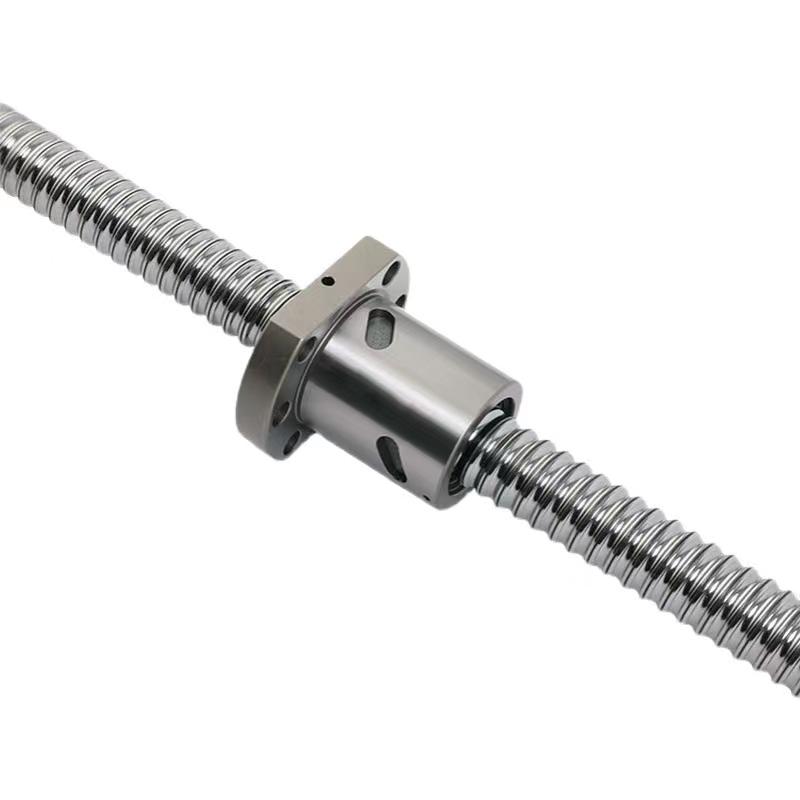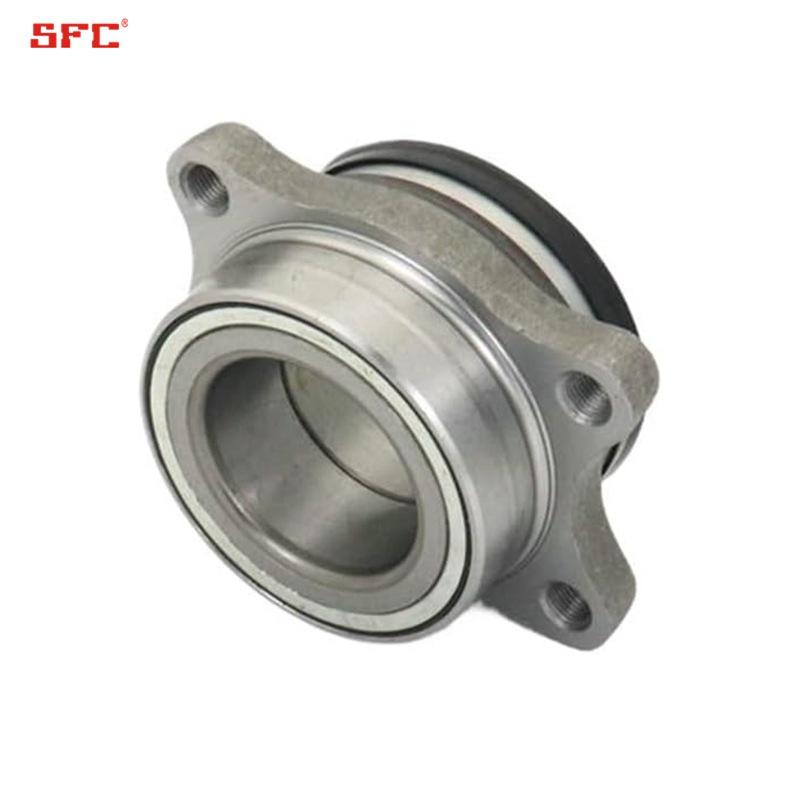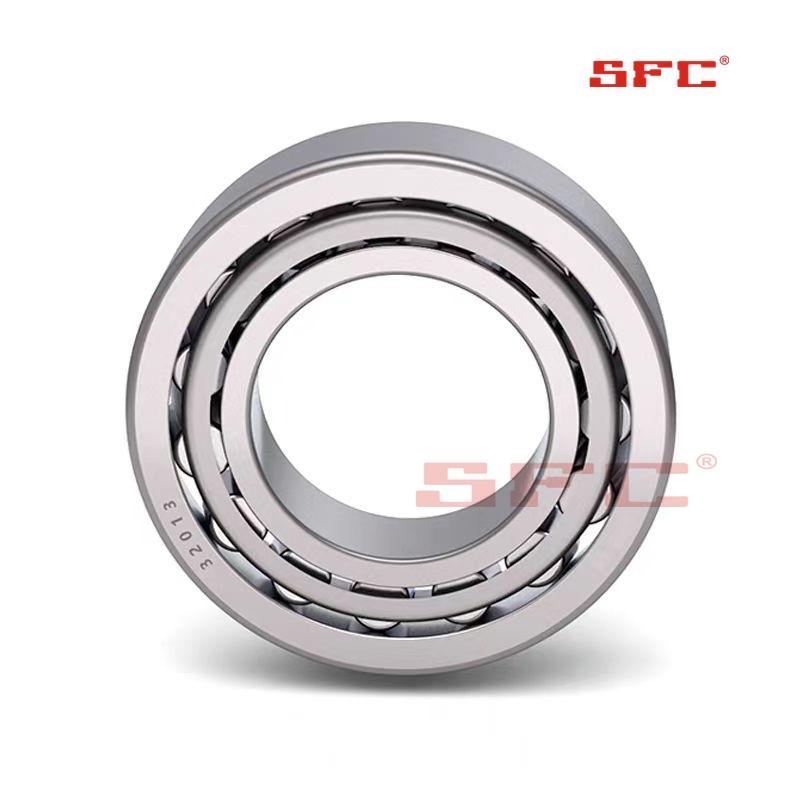Competition between Millimeters: Bearing Tolerance
Internationally, bearing size tolerances follow a strict standard system. The ISO 492 standard is adopted by most manufacturers worldwide, while China follows national standards such as GB/T 307.1-2019 for standardization. These standards not only classify different accuracy levels (such as P0, P6, P5, P4, etc.), but also clearly define various tolerance items, covering deviations in the inner and outer diameters of a single plane, as well as their variation control. High precision grade bearings have stricter requirements and are widely used in aviation, medical equipment, and high-end automation equipment.
Once the tolerance is out of control, the consequences cannot be underestimated. Excessive inner diameter tolerance may lead to loose fit between the bearing and shaft, causing slippage, temperature rise, and even early failure; However, a tight fit of the outer diameter can easily cause deformation of the bearing ring, affecting clearance and exacerbating internal wear. Actual cases have shown that a heavy machinery experienced abnormal noise after 72 hours of continuous operation due to a bearing outer diameter deviation of 5 μ m. It was ultimately determined to be caused by assembly stress concentration, and the problem was eliminated after replacing the qualified product.
To ensure that the tolerance meets the standard, manufacturing enterprises start from the source: selecting high-purity steel to reduce internal stress of the material; Adopting advanced technologies such as CNC grinding and ultra precision machining to improve dimensional consistency; And conduct full inspection or random inspection through high-precision detection equipment such as laser calipers and pneumatic meters. Some leading manufacturers have also introduced online monitoring systems to provide real-time feedback on processing data, dynamically adjust process parameters, and achieve closed-loop control.
Industry experts point out that tolerance management is not only a technical issue, but also a reflection of the quality system. From design selection to production quality inspection, to user installation and maintenance, every step requires a high degree of sensitivity to size matching. Especially in the field of high-end equipment, micrometer level optimization often means doubling the lifespan or significantly reducing energy consumption.
In summary, although bearings are small, they carry the precise logic of mechanical operation. The precise control of its dimensional tolerances is not only a reflection of manufacturing processes, but also a core element in ensuring equipment reliability and extending service life. In the future, with the increasing demand for component consistency in intelligent manufacturing, tolerance control capability will become an important benchmark for measuring the core competitiveness of bearing enterprises.




